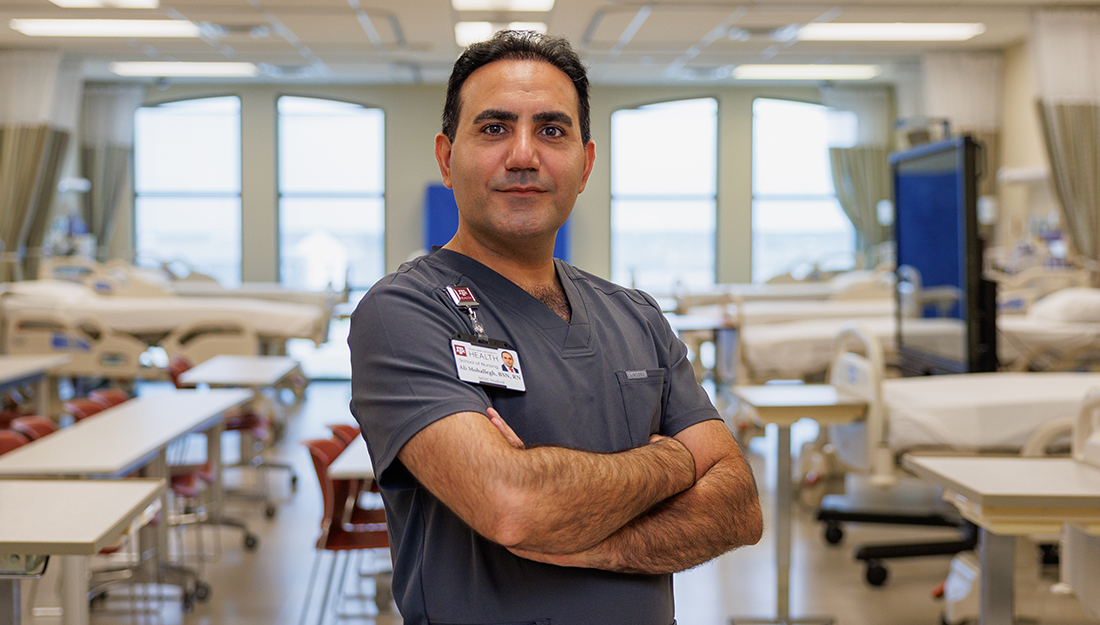Nursing faculty explore flipped classroom and effect on student outcomes
Academic success and student satisfaction are linked to the style and quality of the educational experience, making instructional methods a commonly discussed topic among academics. While many prefer the traditional lecture style, others have broadened the classroom experience bringing innovative learning to the forefront of the curriculum.

Texas A&M Health Science Center College of Nursing faculty members Kathy Missildine, Ph.D., RN, CNE, assistant dean for graduate students, and Kevin Gosselin, Ph.D., assistant dean for research and evidence-based practice, studied the effects of a “flipped classroom,” on baccalaureate nursing students. Their research article, “Flipping the Classroom to Improve Student Performance and Satisfaction,” is available online and in the October edition of the Journal of Nursing Education.
In a flipped classroom, the traditional method of lecturing in class and assigning homework for students to complete at home is reversed. Students listen and watch lectures via video on their own time, outside of class, and use the time in class to complete homework, work through problems, and collaborate in more engaging or interactive activities.
“The flipped classroom maximizes the face-to-face time for discussion where students are able to ask questions and interact in real-time with their instructors and fellow classmates, increasing student engagement,” Missildine said.
The team examined three different teaching styles: traditional lecture only, mixed traditional lecture and video recorded lecture, and the flipped classroom.
The research found average examination scores were significantly higher for the students in the flipped classroom. In terms of student satisfaction, students were significantly less satisfied in the flipped classroom than the traditional and mixed lecture groups.

Reasons for the lower satisfaction level could be attributed to the level of work required in the flipped classroom, which students perceived as more than the other two styles, as well as the mode of delivery.
“We tend to be more comfortable with what is familiar and it may take some acclimation before feeling comfortable with a new teaching method,” Gosselin said.
However, student satisfaction may not be a good indicator of learning.
“By using recorded lectures and working with small in-class groups of students, faculty are better able to engage students in clinical reasoning, reflection and application of relevant research findings,” Missildine said.
The team’s research ultimately suggests the flipped classroom and interactive classroom activities can result in improved learning; however, faculty will need to refine implementation techniques to gain students’ engagement in these new approaches.
Members of the research team also include Assistant Professor Rebecca Fountain, Ph.D., RN, and Clinical Instructor Lynn Summers, M.S.N., RN, both with The University of Texas at Tyler, College of Nursing. Missilidine and Gosselin were both faculty at the University of Texas at Tyler during the research phase of the study.
Media contact: media@tamu.edu


